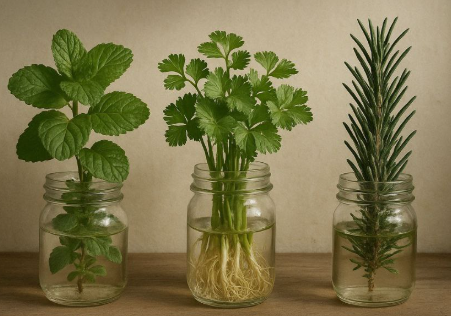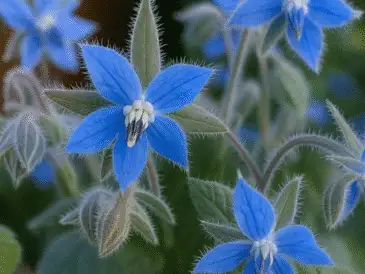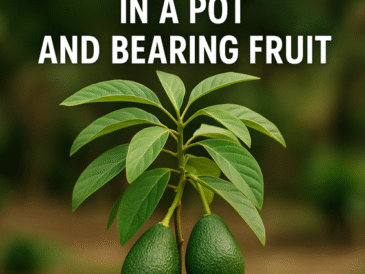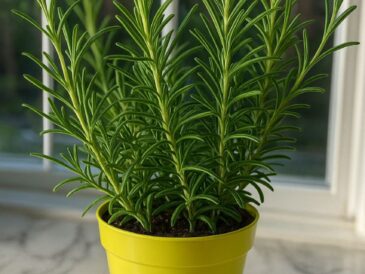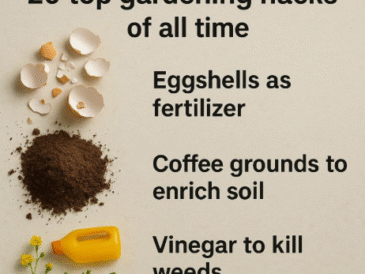Looking to add greenery to your space without the hassle of soil or messy upkeep? You’re in the right place. There’s an entire world of plants that grow and even bloom in water — no dirt needed.
Whether you’re working with a small indoor area or designing a peaceful garden pond, these water-loving plants are beautiful, low-maintenance, and incredibly versatile. From lush indoor displays to serene outdoor settings, water-grown plants offer a clean and calming touch of nature.
Let’s explore seven amazing plants that flourish in water — simple to grow, stunning to look at, and perfect for beginners or seasoned gardeners alike.
1. Water Lilies (Nymphaea spp.) – Graceful Pond Royalty
Water lilies are one of the most iconic aquatic plants. Their wide, floating leaves and colorful blooms create a peaceful atmosphere and are a favorite in ponds around the world. You’ll find them in shades of pink, white, yellow, red, and even light blue in some hybrids.
These plants don’t just look good — their broad leaves help shade the water, keeping it cooler and reducing algae growth.
How to Grow:
- Water Depth: 12 to 36 inches
- Light: Full sun (6 or more hours per day)
- Best planted in submerged pots or directly in lined water features
Care Tips:
- Remove spent flowers to encourage more blooms
- Thin out excess leaves
- Divide rhizomes every few years to keep the plant healthy
2. Lotus (Nelumbo spp.) – The Sacred Showstopper
Lotus flowers are deeply symbolic and instantly eye-catching. Unlike water lilies, the leaves and blooms of lotus plants rise above the water on tall stalks, making a bold statement. The flowers are usually white, pink, or yellow, and they’re often fragrant.
Lotus also produces decorative seed pods and edible seeds and roots, used in many Asian cuisines.
How to Grow:
- Water Depth: 2 to 18 inches above the pot
- Light: Full sun (8 or more hours daily)
- Grows best in wide, shallow containers or natural ponds
Care Tips:
- Use nutrient-rich aquatic soil
- Fertilize during the growing season
- Store tubers indoors over winter in colder regions
3. Water Hyacinth (Eichhornia crassipes) – Vibrant and Fast-Growing
Water hyacinth is a free-floating plant with thick green leaves and lovely purple-blue flowers. It grows quickly in warm weather and can form a dense mat if not kept in check.
Note: In many regions, water hyacinth is considered invasive. Be cautious and avoid letting it spread into natural waterways.
How to Grow:
- Water Depth: Floats on the surface
- Light: Full sun to partial shade
- Temperature: Prefers tropical and subtropical climates
Care Tips:
- Regularly thin out the plant to prevent overgrowth
- Avoid placing it in lakes or streams
- Remove dead parts to keep the water clean
4. Anubias (Anubias spp.) – A Small-Space Favorite
Anubias is a hardy aquatic plant ideal for aquariums or small indoor setups. With dark green leaves and slow, steady growth, it’s a great low-maintenance option for those who prefer a minimal approach.
It can grow fully submerged or with its leaves above water. On occasion, it will even bloom small white flowers.
How to Grow:
- Placement: Fully or partially submerged
- Light: Low to moderate
- Attach to rocks or driftwood rather than planting in substrate
Care Tips:
- Keep the rhizome above any gravel or substrate
- Trim damaged or yellowing leaves
- Be patient — it’s a slow grower
5. Water Poppy (Hydrocleys nymphoides) – Cheerful and Easygoing
Water poppies have delicate yellow flowers that float among glossy, heart-shaped leaves. They’re simple to grow and bloom throughout the warmer months, making them a bright addition to ponds and water bowls.
How to Grow:
- Water Depth: 6 to 12 inches
- Light: Full sun to part shade
- Climate: Warm weather is ideal for blooming
Care Tips:
- Remove old or dead leaves regularly
- Thin out when growth becomes dense
- Move indoors or protect during colder months
6. Lucky Bamboo (Dracaena sanderiana) – Sleek and Symbolic
Often seen in vases filled with water and smooth pebbles, lucky bamboo is actually not bamboo at all, but a type of dracaena. It’s widely used in feng shui for its calming presence and is especially popular in minimalist home and office spaces.
How to Grow:
- Water Level: Keep roots submerged, but not the entire stalk
- Light: Indirect sunlight
- Temperature: Room temperature (65 to 90°F or 18 to 32°C)
Care Tips:
- Change water every one to two weeks
- Use filtered or distilled water to avoid chlorine
- Clean the roots occasionally to prevent buildup
7. Papyrus (Cyperus papyrus) – Tall and Dramatic
Once used by ancient Egyptians to make paper, papyrus brings striking vertical interest to any water feature. Its tall stems are topped with soft, grassy tufts that sway in the breeze, making it both bold and elegant.
How to Grow:
- Water Depth: 2 to 10 inches above the roots
- Light: Full sun to partial shade
- Works well along pond edges or in large water containers
Care Tips:
- Prune back older growth in winter or during dormancy
- Use wide pots for indoor setups
- Keep roots consistently wet
Why Choose Water-Grown Plants?
1. No Soil, No Mess
Water-grown plants are ideal for clean, modern spaces. You won’t have to deal with soil spills, gnats, or messy repotting.
2. Easy to Maintain
They draw nutrients directly from the water and only need occasional care — like changing the water and trimming dead parts.
3. Eco-Friendly
Many of these plants help clean the water naturally by filtering out toxins and absorbing excess nutrients.
4. Stylish and Flexible
Whether you’re decorating a coffee table or landscaping a garden pond, water plants fit almost any style.
5. Relaxing and Educational
Watching roots develop and blooms appear in clear glass vases is not only beautiful but also a calming, almost meditative experience.
Quick Tips for Success
- Use clean water: Filtered, rainwater, or distilled is best.
- Change water regularly: Every 1 to 2 weeks keeps things fresh.
- Provide enough light: Most water plants still need good light to thrive.
- Trim dying leaves: Keeps the plant healthy and water clear.
- Fertilize lightly: Use an aquatic plant fertilizer for extra nutrients during growth periods.
Final Thoughts
If you’re ready to try something new with your indoor decor or outdoor garden, water-grown plants are a fresh and rewarding choice. They’re beautiful, practical, and surprisingly easy to care for.
From the bold bloom of a lotus to the simple elegance of lucky bamboo, these plants prove you don’t need soil to create a thriving, lush green space. Just add water.
